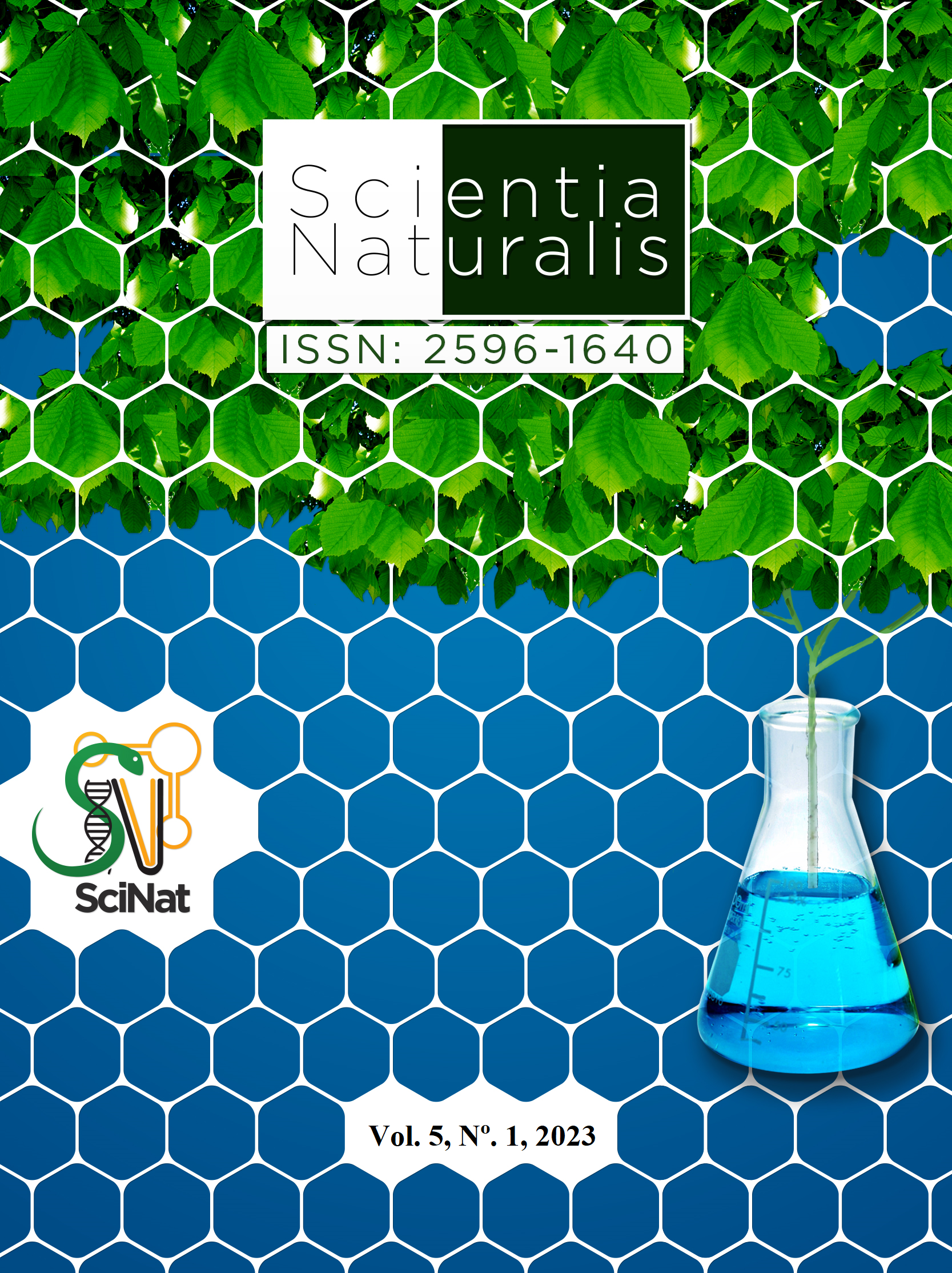Ethnopharmacology of Anacardiaceae R. Br. from Northeast Brazil
DOI:
https://doi.org/10.29327/269504.5.1-30Resumen
Species of the Anacardiaceae are commonly used in traditional Brazilian medicine, thus, the aim of this review was to research the species of Anacardiaceae and their respective ethnopharmacological uses in Northeast Brazil. Manuscripts published from 2010 to 2019 were searched and only species with proven occurrence in the Northeast and applied in this region as medicinal were included in this study. There were analyzed 97 articles about the of 14 species. Spondias was the most diverse genus, with four species, followed by Anacardium and Astronium, both with three species. Most plants are used to treat diseases of the digestive, respiratory, skin and subcutaneous tissue systems, mainly for their anti-inflammatory, antibiotic, analgesic and healing properties. Ceará was the state with the highest number of species while Sergipe was the state with the lowest number of listed species and analyzed articles. Astronium urundeuva showed the greatest versatility of uses and the highest index of relative importance (2.0), followed by Anacardium occidentale and Schinus terebinthifolia with indexes of 1.55 and 0.86, respectively. It is noticed that the Northeastern communities preserve important knowledge about the ethnopharmacology of Anacardiaceae, and this knowledge is important to direct new ethnoecological and pharmacological studies.




